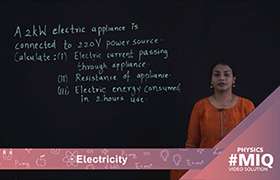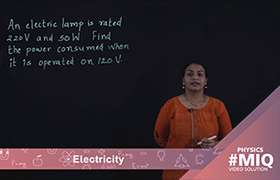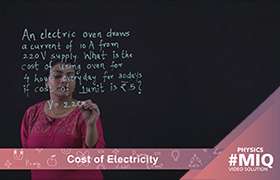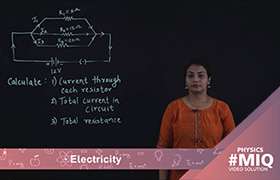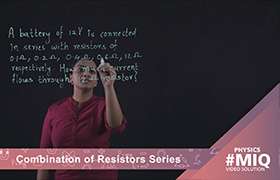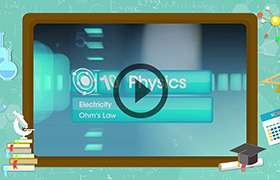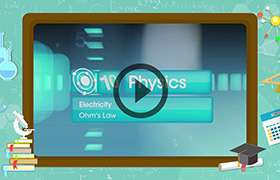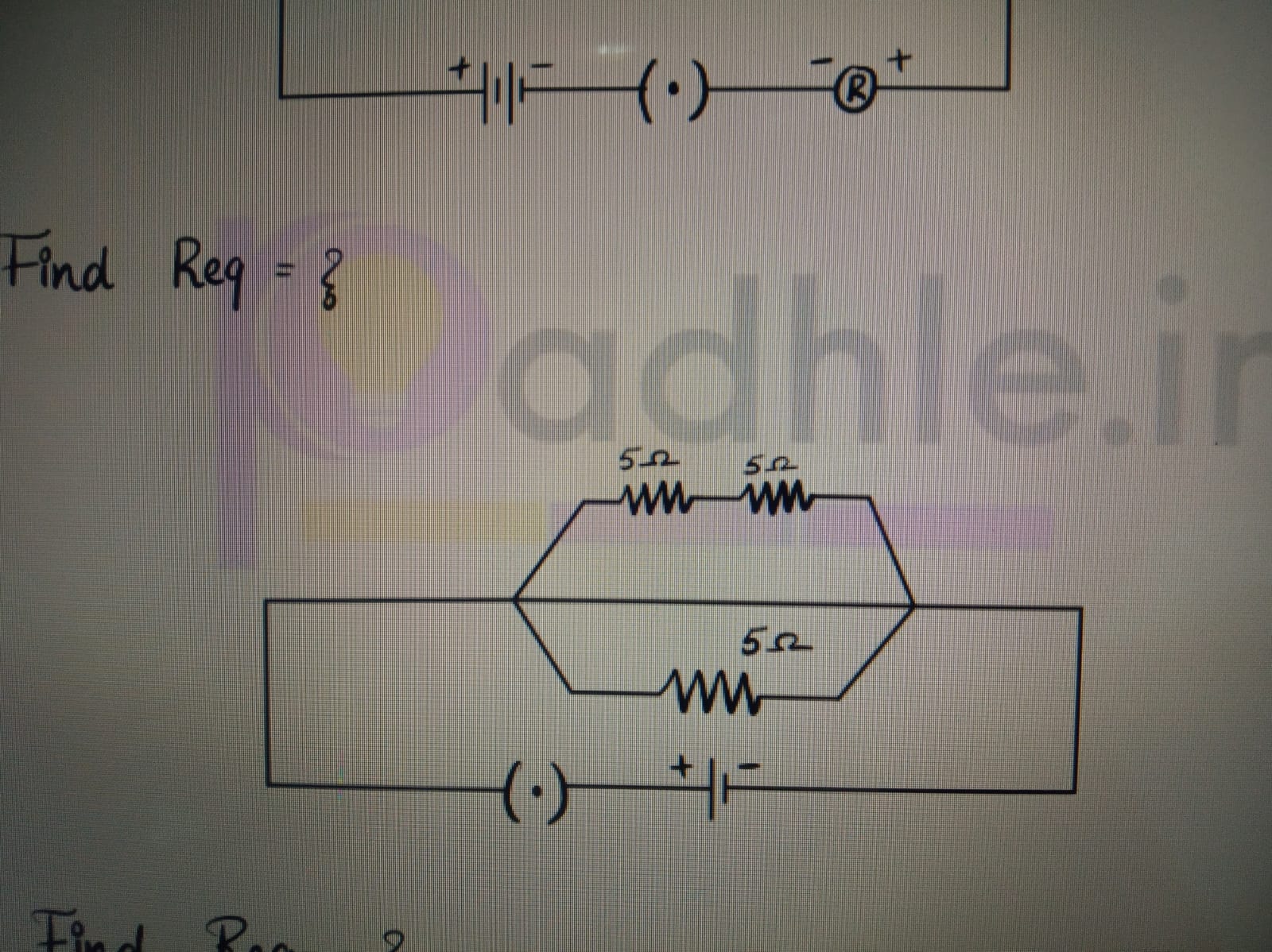CBSE Class 10 Answered
Dear student,
Potential difference, voltage, is a force that will cause electrons (negative charges) to move if they can. Voltage is the motive power behind electron flow, and electron flow is the current.If we close the switch, voltage, which was present all the time, will now cause electrons to flow through the wire and light the bulb. The battery has a positive terminal and a negative terminal. The positive terminal will take in electrons and the negative terminal will send them out. Current flows in only one direction. The potential difference created by the battery has energized the circuit and current flowed from the positive terminal of the battery, out through the circuit, and back to the positive one.
Team
Topperlearning.com

